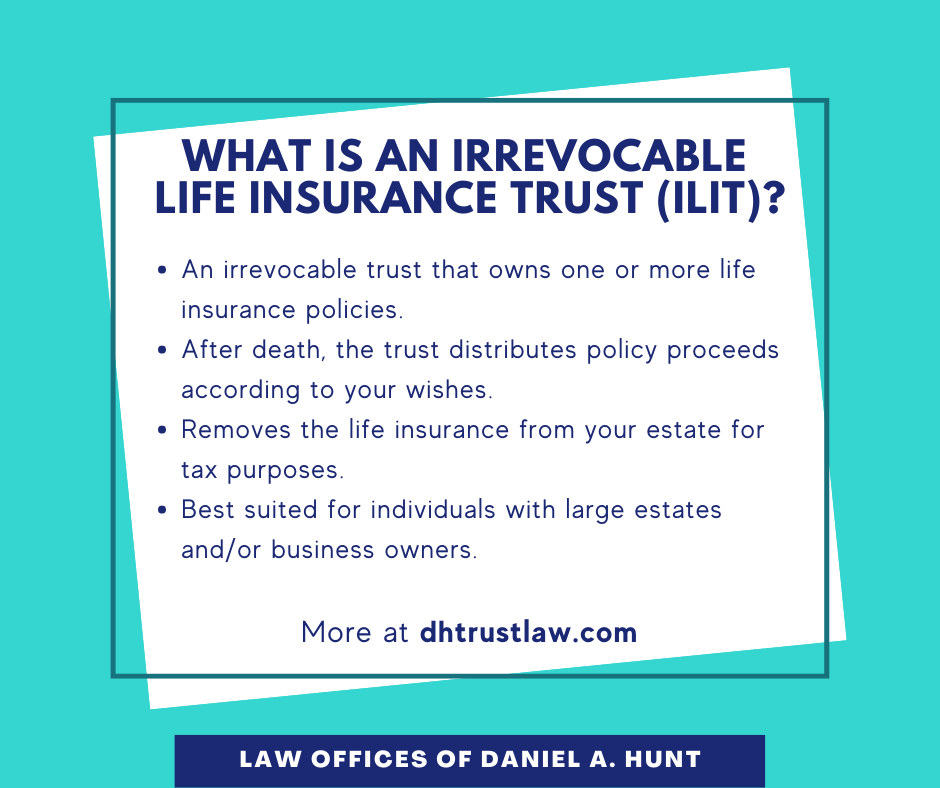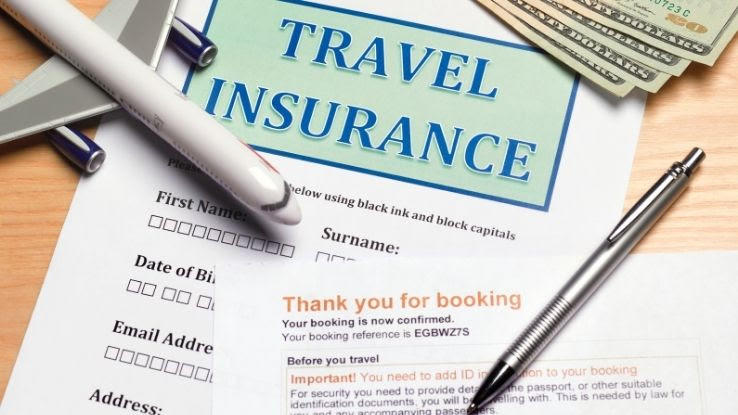A Biased View of Pacific Prime

This drop of virtually 2 million in the variety of people 'without insurance policy (a reduction of about 4 percent) is absolutely a positive adjustment. With a softer economy in 2000 the current reported gains in insurance policy coverage might not proceed (Fronstin, 2001) (group insurance plans). The decrease in the variety of uninsured will certainly not continue if the economic situation stays slow-moving and healthcare costs remain to outpace rising cost of living
This is because the data were accumulated for a period of strong financial performance. Of the approximated 42 million people that were without insurance, almost concerning 420,000 (about 1 percent) were under 65 years of age, the age at which most Americans become qualified for Medicare; 32 million were grownups between ages 18 and 65, about 19 percent of all grownups in this age; and 10 million were kids under 18 years old, concerning 13.9 percent of all children (Mills, 2000).
These quotes of the variety of individuals uninsured are produced from the yearly March Supplement to the Existing Population Study (CPS), performed by the Demographics Bureau. Unless otherwise noted, nationwide price quotes of people without medical insurance and percentages of the population with different sort of coverage are based on the CPS, the most commonly made use of resource of estimates of insurance coverage and uninsurance rates.
The Facts About Pacific Prime Uncovered

Still, the CPS is especially useful because it generates yearly quotes fairly rapidly, reporting the previous year's insurance coverage estimates each September, and because it is the basis for a regular set of quotes for greater than two decades, permitting evaluation of patterns in protection in time. For these reasons, along with the comprehensive use the CPS in other studies of insurance protection that are offered in this record, we depend on CPS estimates, with constraints kept in mind.

The estimate of the variety of uninsured individuals expands when a populace's insurance condition is tracked for several years. Over a three-year duration beginning early in 1993, 72 million individuals, 29 percent of the U.S. https://padlet.com/pacificpr1me/my-harmonious-padlet-xyem37dpr2sq1yce. populace, lacked protection for a minimum of one month. Within a single year (1994 ), 53 million individuals experienced at the very least a month without coverage (Bennefield, 1998a)
6 out of every 10 without insurance adults are themselves employed. Although functioning does boost the chance that one and one's household participants will have insurance coverage, it is not an assurance. Also members of households with two full-time wage income earners have nearly a one-in-ten opportunity of being without insurance (9.1 percent without insurance price) (Hoffman and Pohl, 2000).
The 9-Minute Rule for Pacific Prime
New immigrants account for a considerable percentage of people without medical insurance. One analysis has actually connected a significant part of the recent growth in the dimension of the U.S. uninsured populace to immigrants that got here in the nation in between 1994 and 1998 (Camarota and Edwards, 2000). Recent immigrants (those who involved the United States within the past four years) do have a high rate of being without insurance (46 percent), yet they and their children make up simply 6 percent of those without insurance across the country (Holahan et al., 2001).
The relationship between health insurance coverage and accessibility to care is well developed, as recorded later on in this phase. The partnership between health insurance and wellness end results is neither direct nor basic, a comprehensive clinical and wellness services research study literary works links health insurance policy protection to enhanced access to care, better top quality, and improved personal and population wellness condition.
Degrees of analysis for examining the effects of uninsurance. It focuses particularly on those without any health insurance for any type of size of time.
The Of Pacific Prime
The problems dealt with by the underinsured are in some areas comparable to those faced by the without insurance, although they are typically less extreme. Wellness insurance, nevertheless, is neither needed neither enough to gain access to clinical services. The independent and straight effect of wellness insurance policy coverage on access to wellness services is well developed.
Others will acquire the health treatment they require even without medical insurance, by paying for it out of pocket or seeking it from companies that offer treatment free or at extremely subsidized prices. For still others, health insurance coverage alone does not make certain invoice of care due to other nonfinancial barriers, such as an absence of healthcare suppliers in their area, minimal accessibility to transport, illiteracy, or linguistic and cultural differences.
The Definitive Guide for Pacific Prime
Formal study about without insurance populaces in the United States dates to the late 1920s and very early 1930s when the Board on the Expense of Medical Care produced a series of records about funding doctor workplace check outs and hospital stays. This issue read came to be prominent as the numbers of clinically indigent climbed throughout the Great Depression.
Comments on “Top Guidelines Of Pacific Prime”